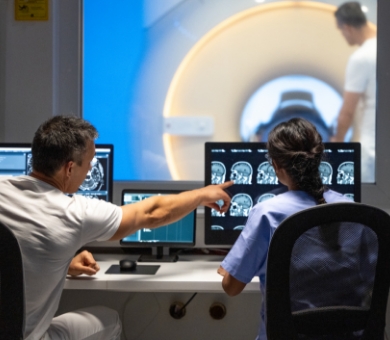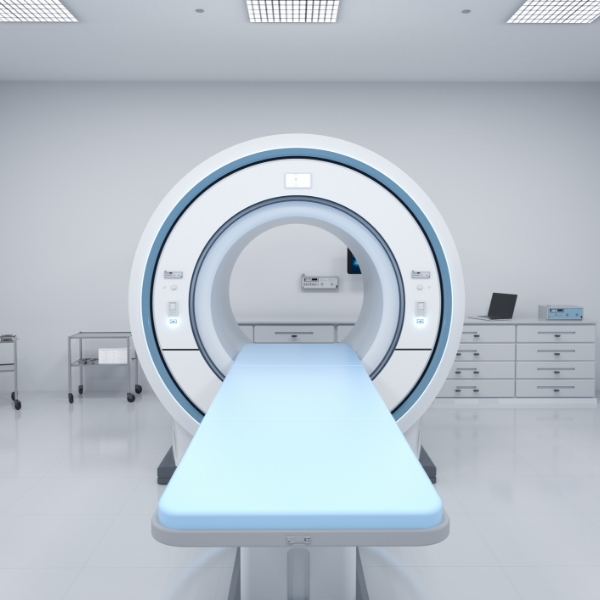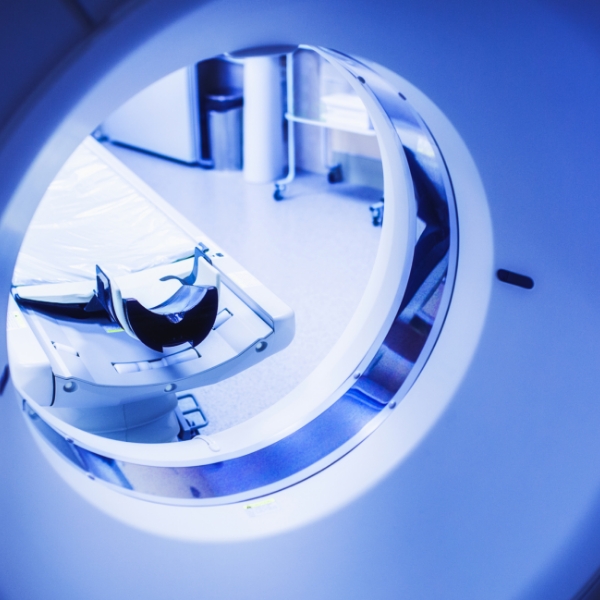Introduction
Justification of the use of radiation in radiology requires that the benefit provided by the scan be greater than the detriment due to the dose involved. But in addition to the Justification, it is necessary to proceed to the Optimization;

In order to quantify Optimization, it is necessary to define Dose Indicators that are easy to measure and that are well correlated with the dose received by the patient. For each one of the indicators, the Diagnostic Reference Levels (DRLs) are defined based on the levels defined in the ICRP-135 (Diagnostic Reference Levels in Medical Imaging).
The digitalization of radiology, in addition to advances in functionality and diagnostic capacity, allows for greater exploitation of the information obtained, including, among others, parameters related to the dose received by the patient, which can be exploited by means of the so-called DOSE MANAGEMENT SYSTEMSThis facilitates the continuous monitoring of indicators and reference levels and participation in the different committees where possible optimization proposals are discussed;
+ 2000
Controlled X-ray equipment
+ 70
Radioactive
facilities
+ 80
Course
editions
+ 96%
Satisfied students

Patient dose indicators
The Dose Indicators to be used depend on the diagnostic modality. As examples, the Mean Glandular Dose (MD) in mammography, the dose x length product (DLP) or the volumetric dose index (CTDIvol) in computed tomography, …


The Dose Management system
Dose Management System (DMS) is the generic name given to computer applications from various manufacturers, designed for the recording, analysis and optimization of the doses received for each patient/exploration. It also allows auditing compliance with the reference levels (DRLs).

The correct exploitation of the Manager requires a correct classification of the exploration protocols, which, among other things, gives it the capacity to:

Patient dose management service
ACPRO provides a service for patient radiation protection advice and consultancy. Il also has its own software, DReport(see information), to facilitate this service:

Do you want more information about the dose management service?
Leave us your email and we will contact you as soon as possible.






